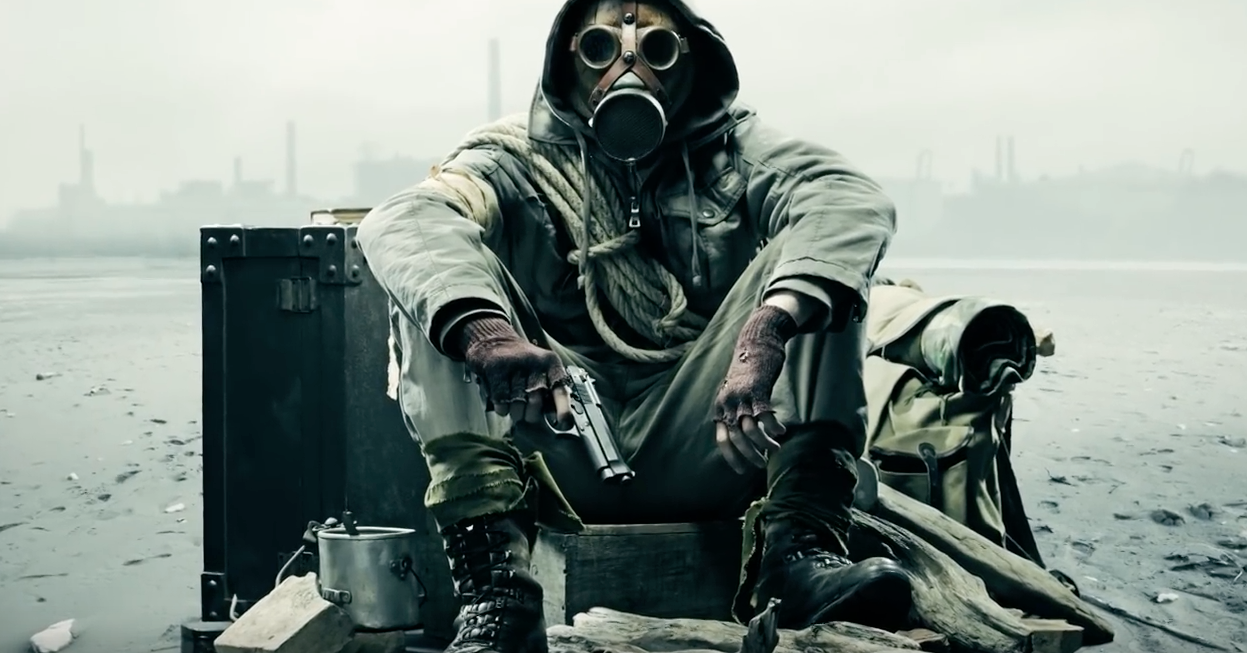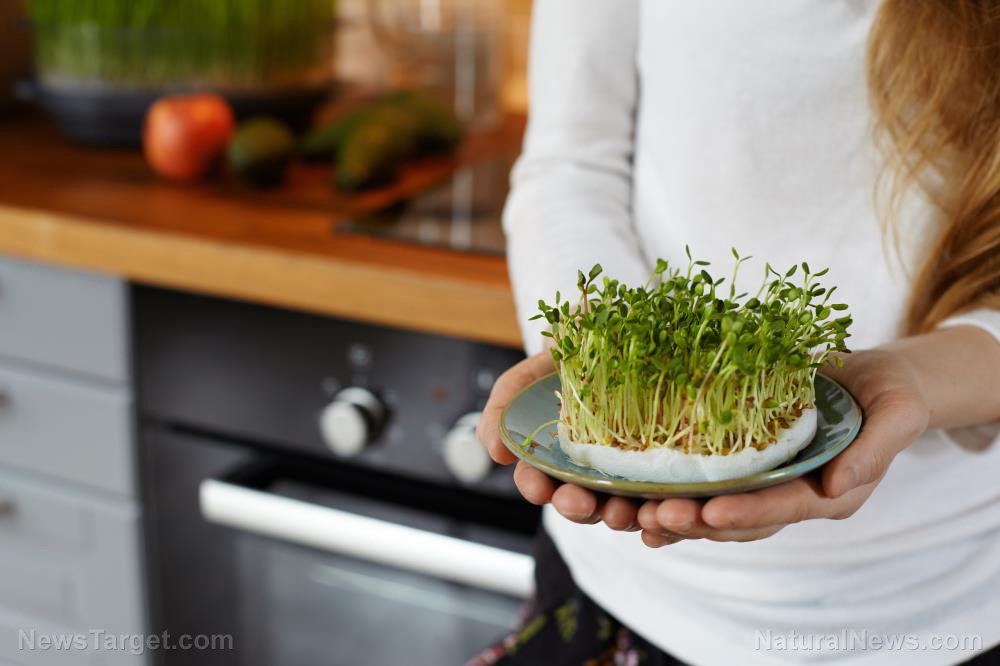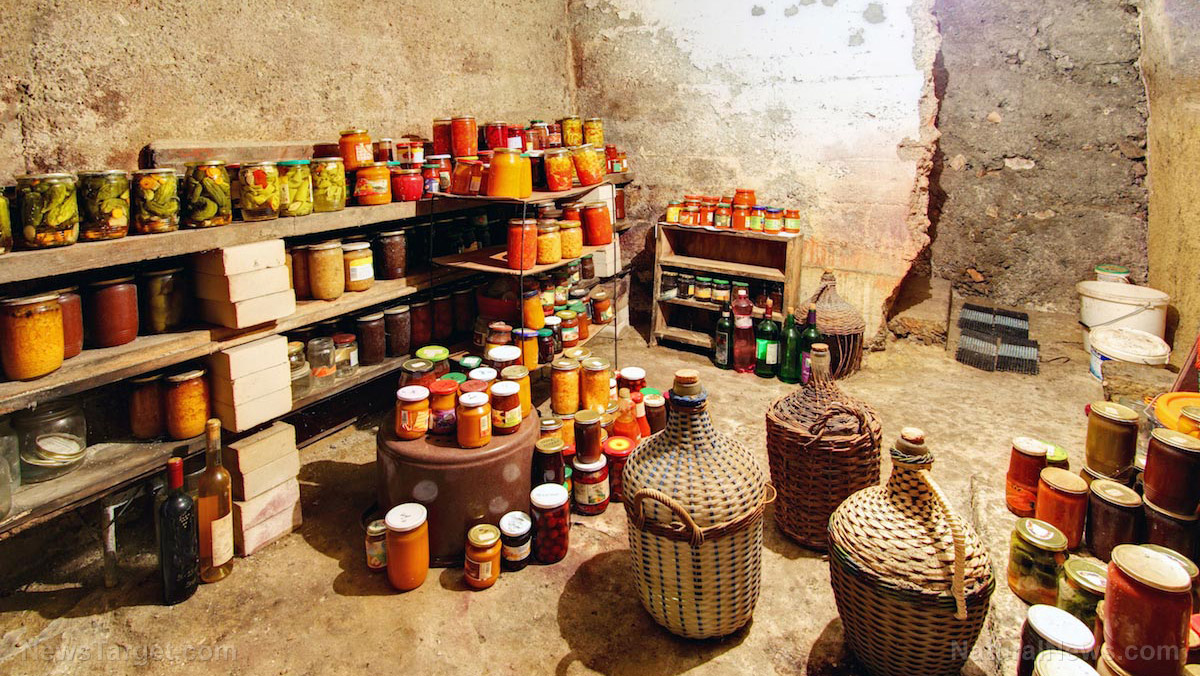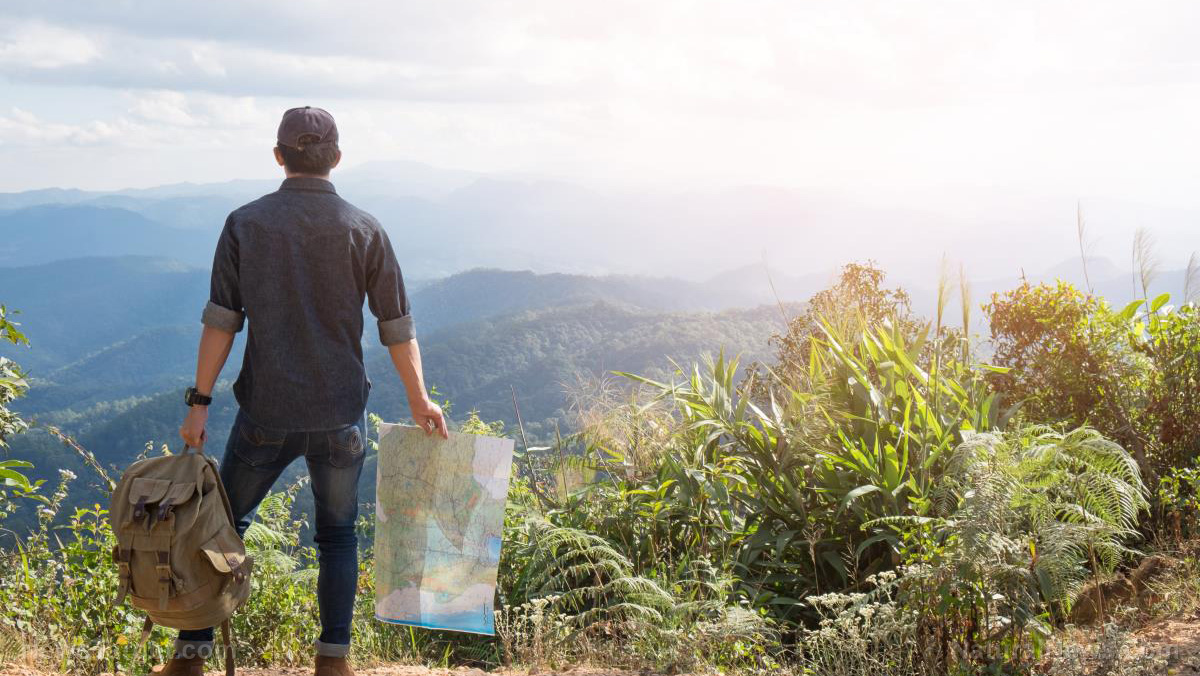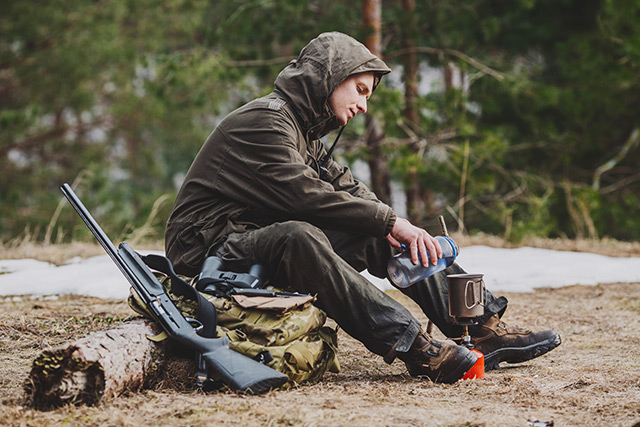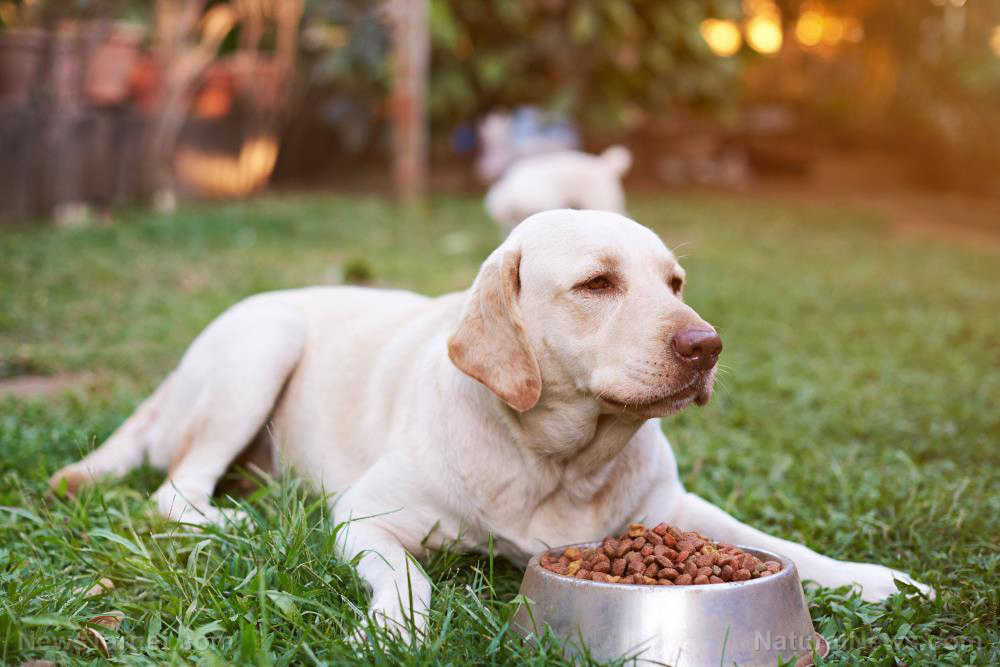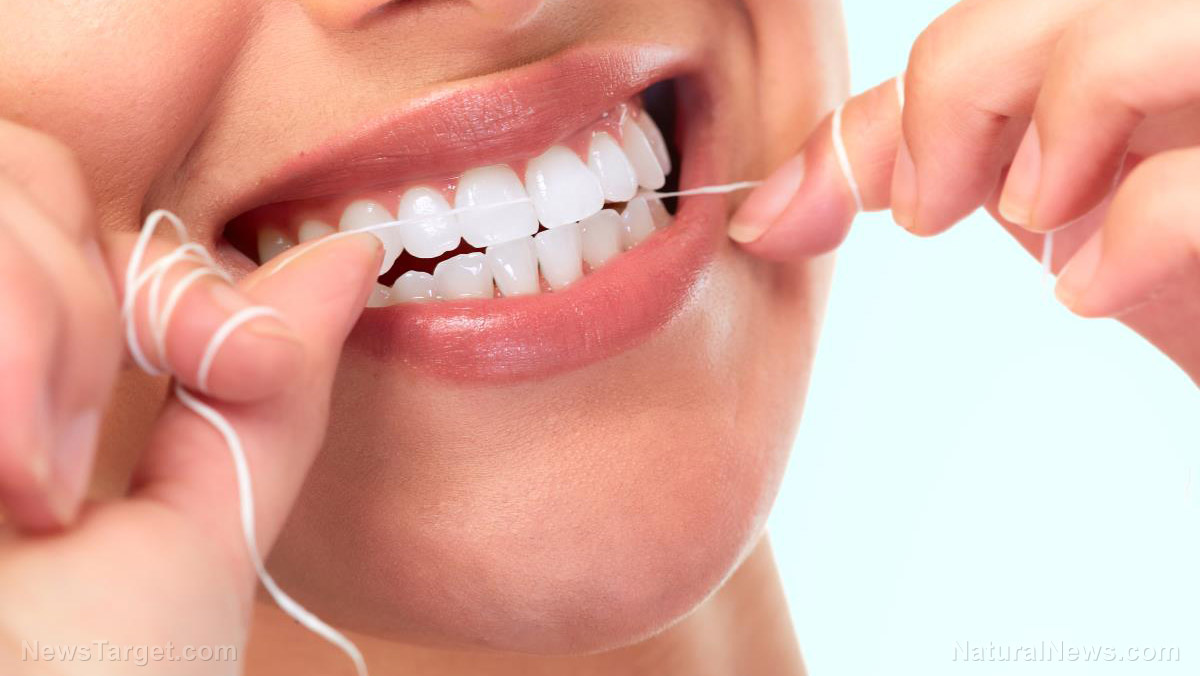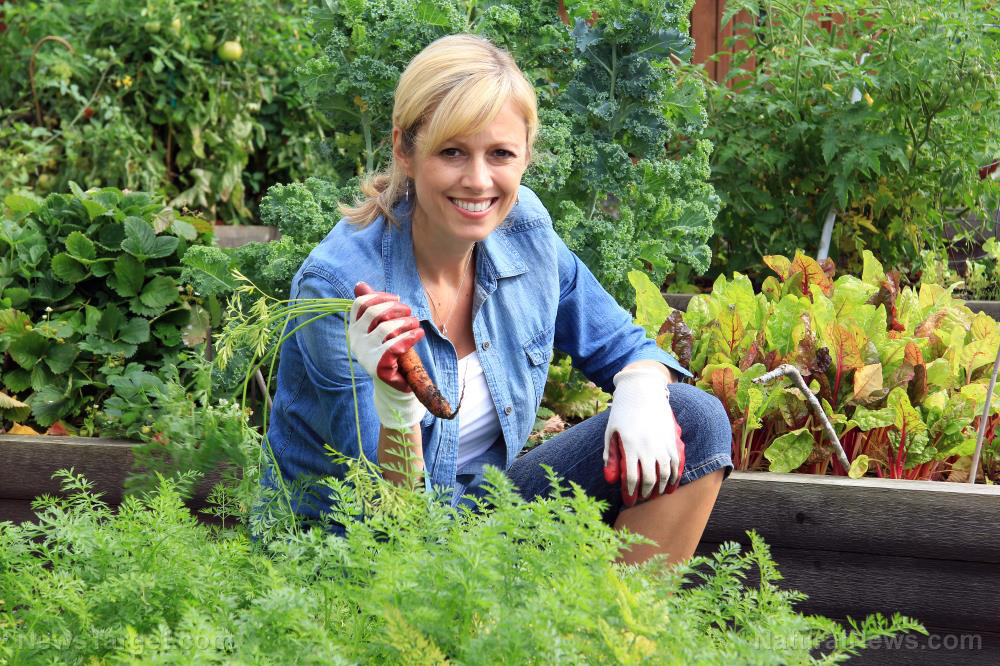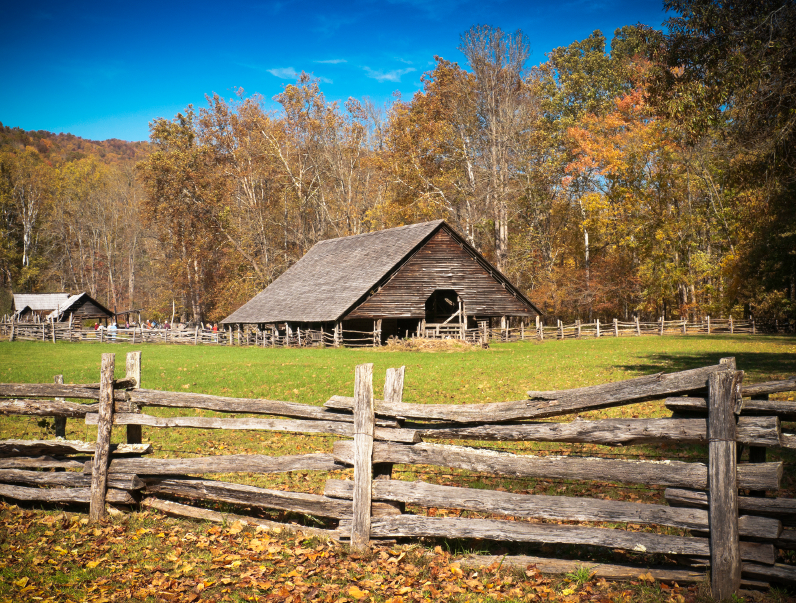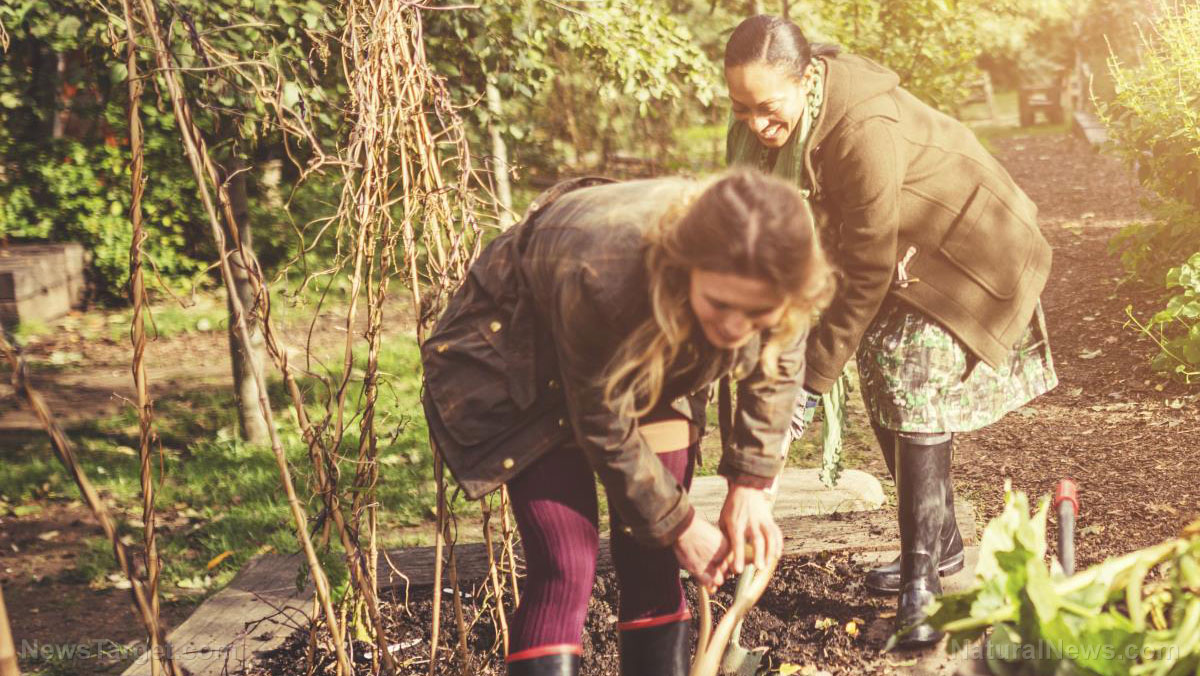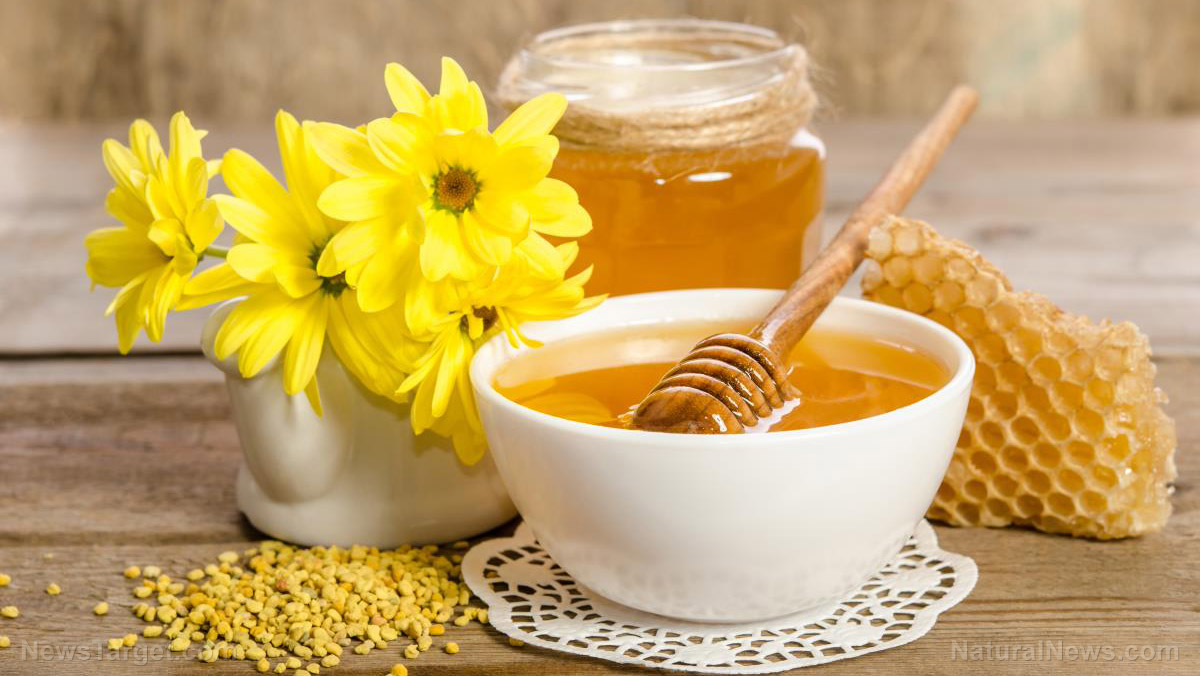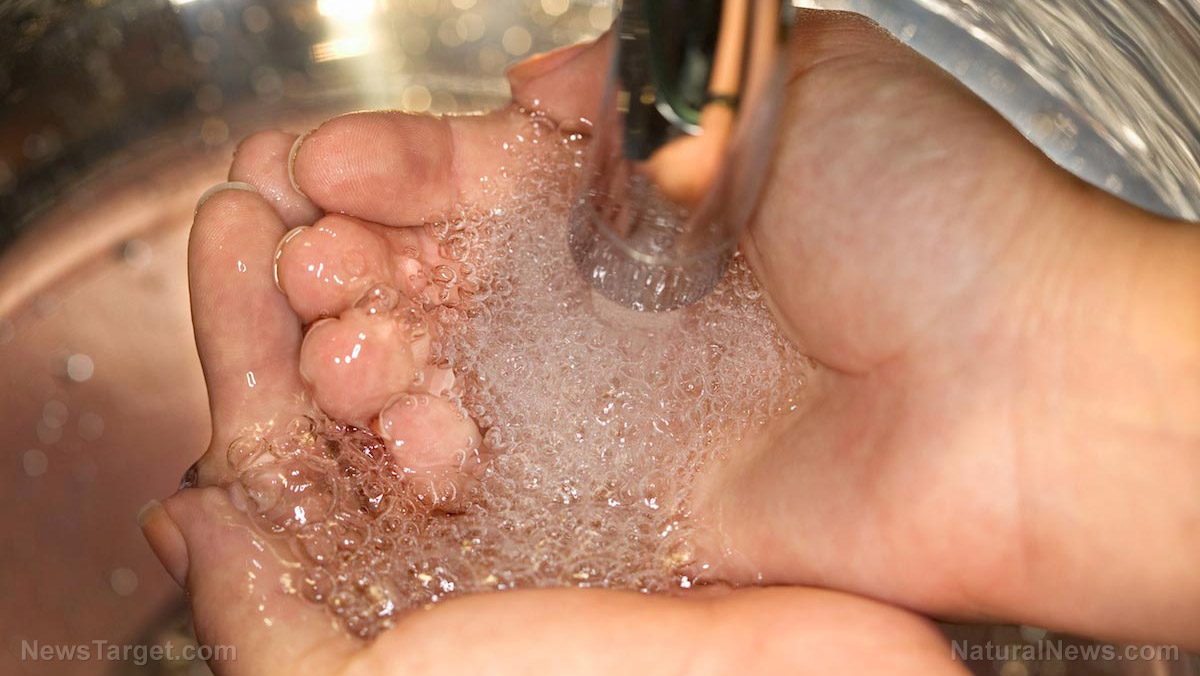Do you know how long it’s safe to store drinking water?
08/09/2018 / By Rhonda Johansson
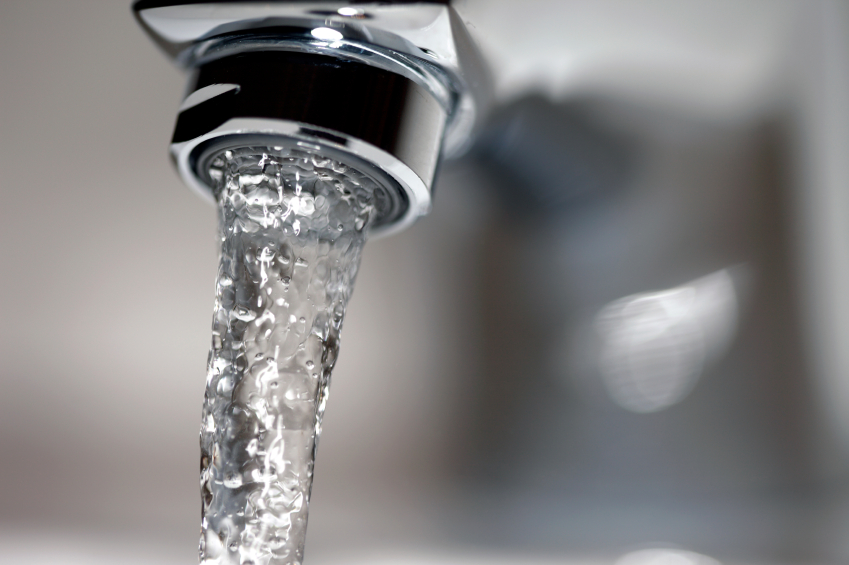
Yes, water can go bad. Those who have traveled will know that water can taste different depending on where you are. The difference is not bad, but there are nuances in flavor. This is because the water is sourced from various areas so the potential for chemical contaminants or even environmental organisms differs too. Scientists have confirmed that water is sensitive in nature and is easily polluted by parasites and bacteria. This is why we are told to avoid drinking water directly from ponds or lakes. But what about old water storages?
Any prepper worth their salt will have a few water bottles stored in their attic or cellar. This ensures that there is an ample supply of water in case SHTF. What is less known, however, is how long these storages are useful. Old water storages can likewise become contaminated. This makes them useless for your survival.
The U.S. Food and Drug Administration (FDA) has stated that bottled water can be stored indefinitely if it went through several disinfecting stages other than a chemical wash. However, chemically treated water should be rotated every six months. Nevertheless, Ready.gov recommends rotating any type of water storage every six months. Bottled water usually has a “best if used by date” stamp which can range between 18 months to two years. That said, the water can lose some of its potency after six months.
Even with these recommendations, you should watch out for the three warning signs that your water may be contaminated. These are: a bad taste, an unusual odor, and visible signs of contamination like algae. Sometimes a faint odor and a mild aftertaste is not necessarily bad; it could just mean that your water is stagnant and needs to be oxygenated. You can even drink water that has a few algae in it during dire situations. It’s not ideal, but it’s generally safe. Nevertheless, keep yourself healthy by avoiding these risks in the first place. When there is a shadow of a doubt, don’t take the chance. If you are not sure about the quality of the water you are about to drink, don’t drink it unless you have no other choice.
GLYPHOSATE testing is now being applied to all Health Ranger Store branded products. Our in-house lab uses LC-MS-MS (triple quad mass spec). See the full lab science tour video and announcement here. Shop for ultra-clean, lab-tested superfoods, personal care products and more at the Health Ranger Store, the world's most trusted source for clean foods and lab-verified nutritional solutions.
Take note that the only real way to tell if the water is contaminated is by testing it. There have been cases of people drinking contaminated water getting sick even when the water did not smell bad or have an aftertaste. (Related: Why buy a water filter? Is your tap water toxic?)
Other warning signs you should be aware of are:
- Cloudiness – Water should always be clear. Do not drink water that has visible contaminants.
- Chlorine – If it smells like a swimming pool, don’t drink it.
- Color – Do not drink water that is not clear. If it has any color, it is most likely contaminated.
- Oil – If your water storage has a thin oily film on top of the standing water, throw it out immediately.
Storing water
Know how to properly store water. When prepping, do not use any of these containers to store your water.
- Non-food-grade plastic – The chemicals can leech into your water.
- Food grade plastic that previously stored things other than food – You might think that you’re being smart by recycling these plastics, but there still might be chemicals that could affect the quality of the water.
- Cardboard – There are people who have tried to store water in cardboard. Do not attempt to follow them.
If you can, we’d recommend storing water in glass or stainless steel.
One other thing to take into consideration is how much water you need to store. A simple rule is to store at least one gallon of water, per person, per day.
Learn more about water storage methods when SHTF at Preparedness.news.
Sources include:
Tagged Under: clean water, drinking water, off grid, preparedness, prepper, prepping, SHTF, survival, water, Water safety, water storage

